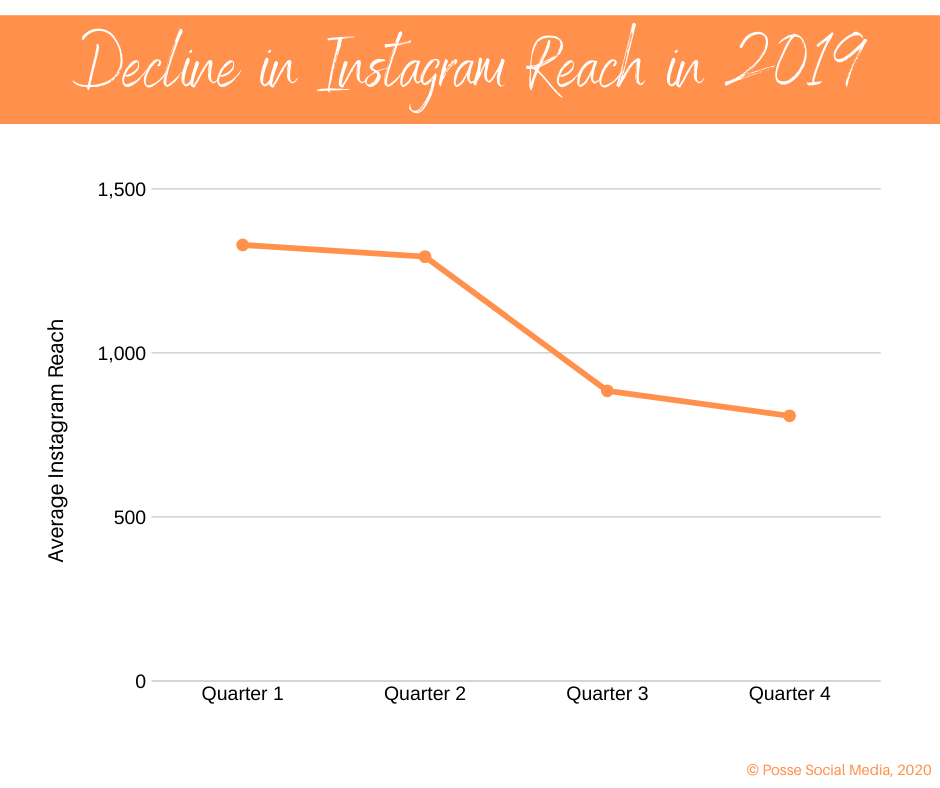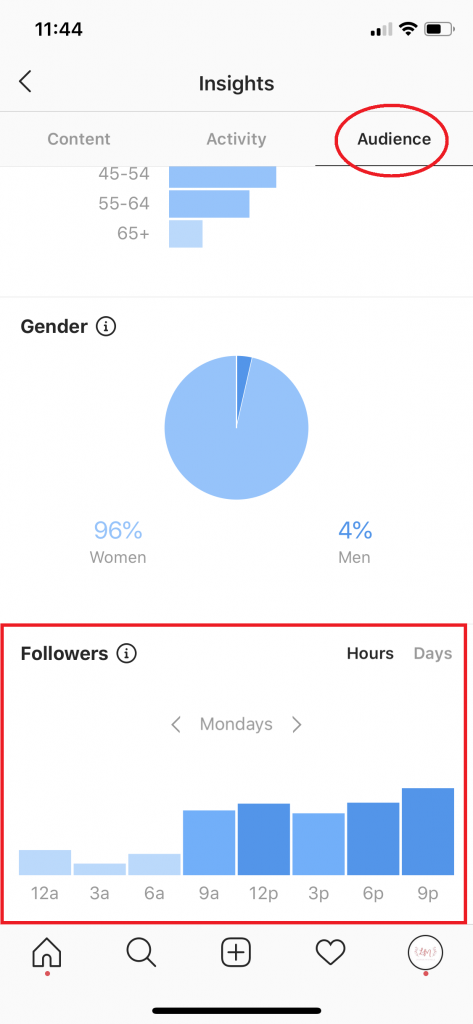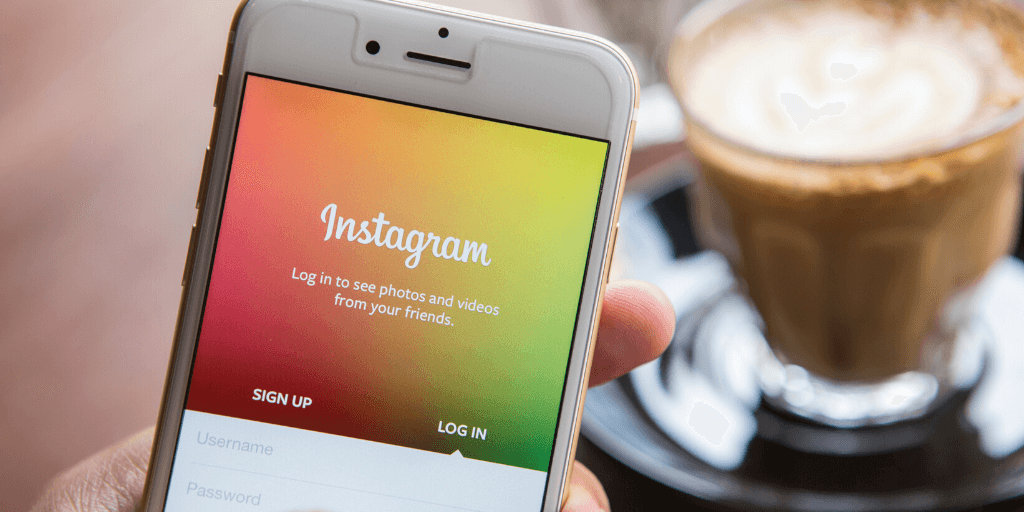In the first part of this blog series, we discussed how organic reach has been steadily declining for businesses on Facebook since 2012 due to drastic algorithm changes meant to prioritize posts from Facebook users’ friends over that of business and brand posts.
That decline has also reached Instagram.
A (Sort Of) Quick History
Instagram was released through the App Store in 2010. It quickly became the #1 free photography app, boasting one million users in a matter of months. In 2012, the app’s user base reached 27 million, and it was acquired by Facebook for $1 billion. Instagram now has more than one billion users worldwide.
Initially, the app’s users were able to see posts through a chronological feed (the order in which they were posted). As the app grew, it was determined that the average Instagram user received too many posts in a day for them to see everything that was posted. In 2016, Instagram officially changed from a chronological feed to an algorithm-based feed.
Wait, What’s an Algorithm?
Algorithms are calculations the platform uses to decide what content each user sees. It has replaced a chronological feed on every social media platform to date.
The 2016 algorithm was basically a “best guess” of the preferences of each user. In 2018, the algorithm became more in-line with its parent company, Facebook, though it was still mostly-chronological. It gave more weight to newer posts, stopping older content from being bumped up in user feeds.
Instagram’s primary goal is maximizing the amount of time users spend on the app. The longer a user lingers, the more ads they are shown. So they are now going to reward content and accounts that help them achieve that goal.
2019 became all about “ranking signals” that determined how Instagram would arrange each user’s feed. They are:
- Relationship: content from accounts that users interact with a lot is prioritized
- Interest: the algorithm predicts which posts will be important to users based on past behavior
- Timeliness: newer posts are shown first
Declining Organic Reach on Instagram
For the past year (since the beginning of 2019), Instagram posts have seen a significant decline in reach.
“It seems that the Instagram algorithm is going the same way the Facebook page algorithm did in 2014. The golden age for engagement is over and they’ll be ramping up the monetisation from now on.” -Ste Davies, Comms consultant
The following graph shows the decline in Instagram Reach for an account in 2019. Reach dropped 31.6% over this 12-month period, even though the follower count increased by 29.9%.

A lot of marketers believe the decrease in reach is due to a rise in Instagram ads. Brands can promote their content to targeted audiences just like they can on Facebook.
Paid Instagram Content
Facebook and Instagram advertising is connected through Facebook ads manager, which means it is easier than ever to create paid campaigns that run on both Facebook and Instagram. Just as you shouldn’t rely fully on organic Facebook posts to reach your audience, you shouldn’t ignore the power Instagram ads have to reach your target audience.
Make the Algorithm Work For You
Organic content is still a very important avenue for businesses on Instagram. Just like it does with Facebook, organic content gives businesses the ability to connect with users, build relationships, and turn customers into loyal brand advocates.
Follow these tips to ensure that the organic content you post is seen and engaged with!
- Post when your audience is online. You can find the best day and time to post inside of your Instagram Analytics (see below)

- Use hashtags properly. You can use up to 30 hashtags on your feed posts. Make sure the hashtags you use are relevant to your industry and try not to use hashtags that have millions of posts. Find more tips here.
- Try videos! According to Hootsuite, video consumption on Instagram has increased by 80% since 2018!
- Engage with your user base. Chat with people in the comments, use your captions to ask questions, and like and comment on other people’s posts.
- Finally, post content that is relevant, relatable, personable, and all-around incredible! Truly great content will go a long way in lifting your feed ranking, so consider the images you are posting and your captions. And remember, one of the most powerful pieces of content on social media is your visual.

